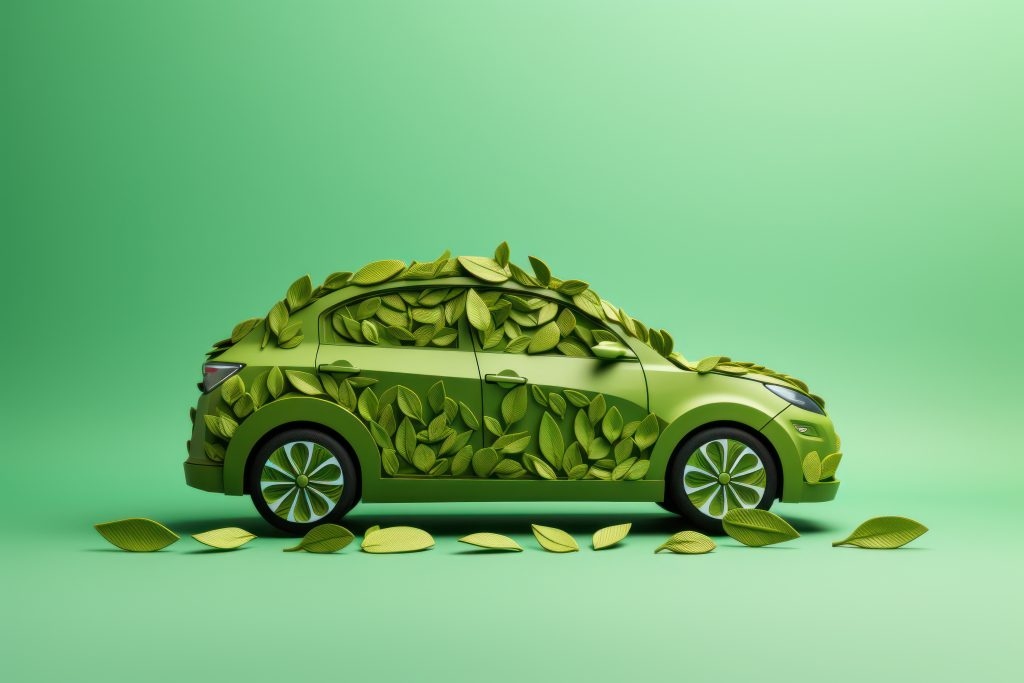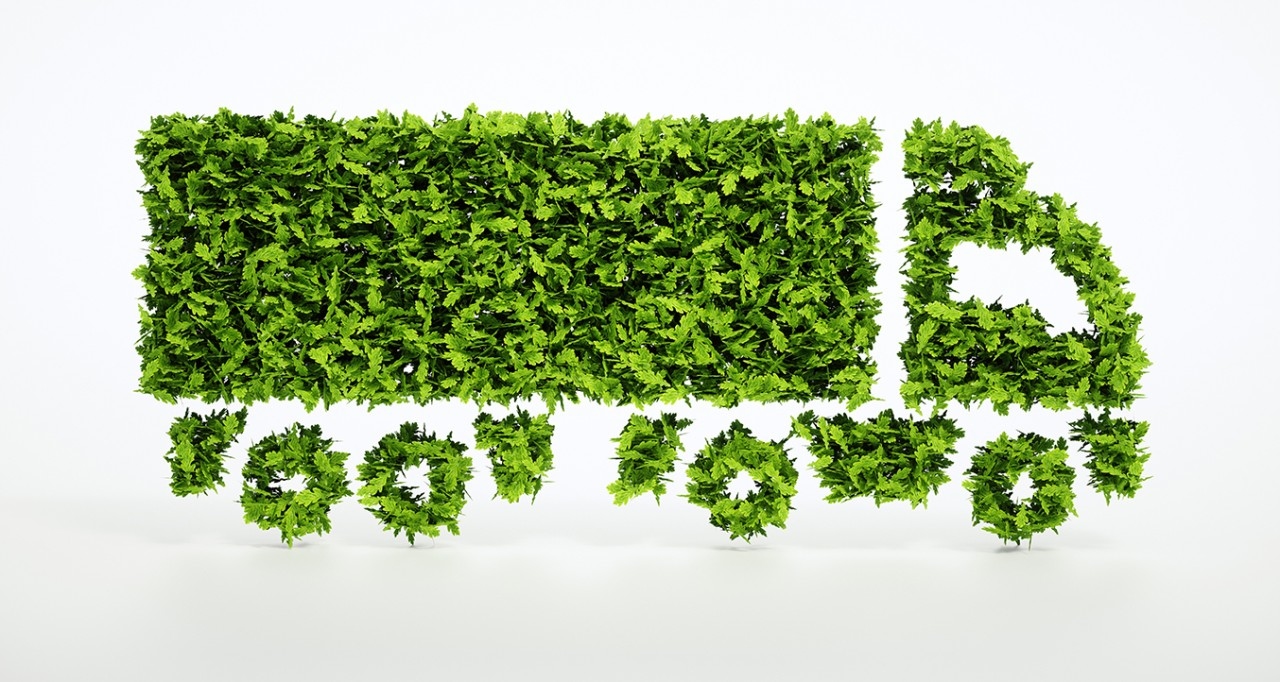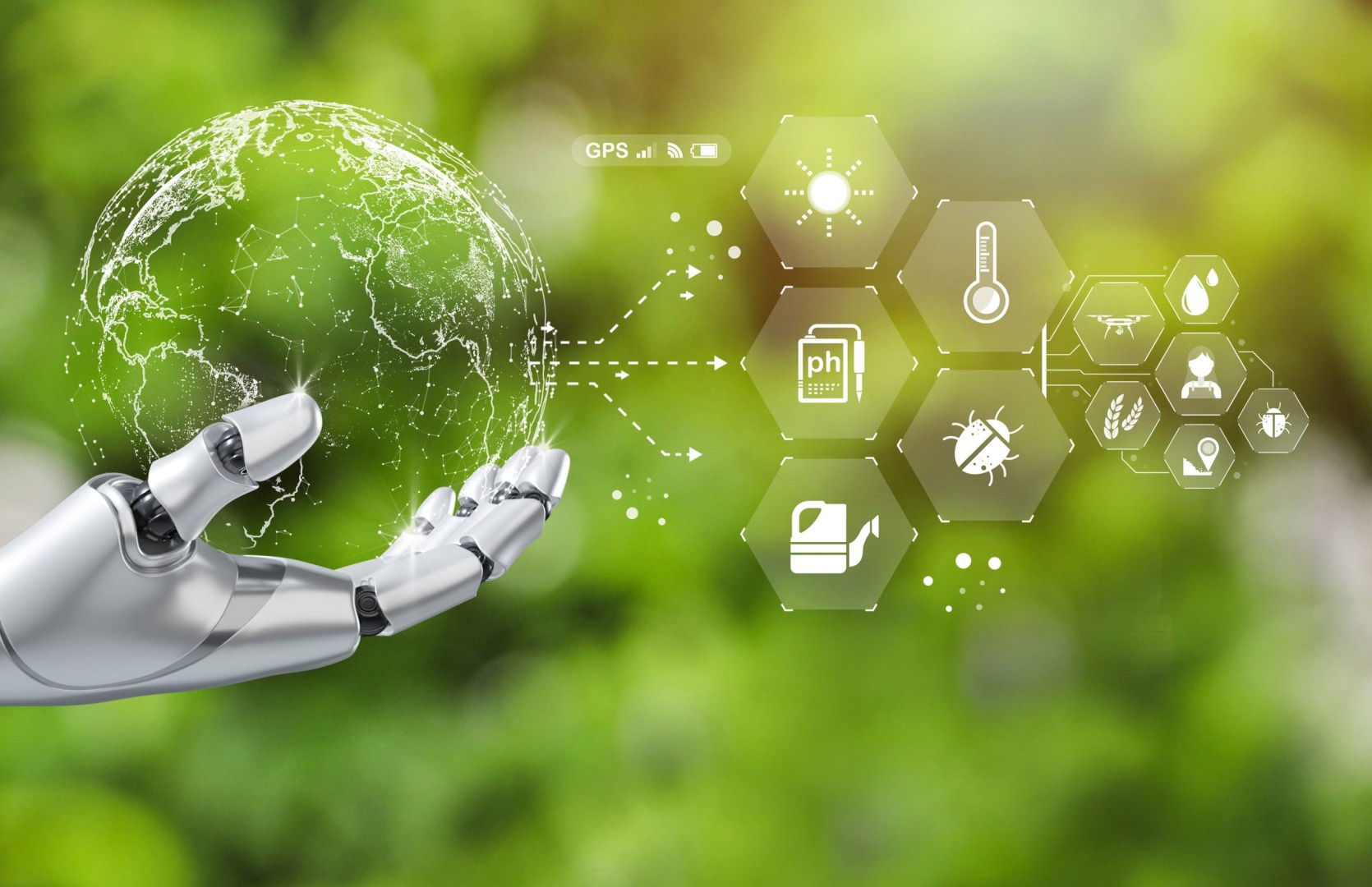
Making Textile Colors By Using Bacteria
The British startup Colorifix has created a new sustainable dying technique by modifying bacteria to produce, deposit and fix dyes directly onto textiles without using any chemicals and saving water and energy in the process.
The technology doesn't derive pigments straight from plants or animals. Instead, it copies nature's processes in a lab setting, by replicating the DNA message that codes for color in an organism.
While other bacteria-based dye innovations rely on vast amounts of water and chemicals to isolate pigments from bacteria, and make and apply the dye, Colorifix Limited puts the bacteria straight onto the fabric to color it.
The fabric is heated, causing the microorganisms' membranes to burst and release the color, which chemically attaches to the fiber.
The remnants of bacteria cells are then washed off, but the color remains.
This is important, because as the fashion industry pushes towards identifying and implementing sustainable material solutions, scalable recycling and circular design, there is one rarely addressed limiting factor that threatens its progress - the continued use of toxic chemicals.
Trending
-
1 How IoT is Revolutionizing Sustainability: A Brighter Future Beckons
Susanna Koelblin -
2 How The Water Treatment And Desalination Will Change The Environment For The Better
Daniel Hall -
3 How Intermediate Bulk Containers Enhance Environmental Sustainability
Daniel Hall -
4 Hybrid Cars and Their Key Benefits
Susanna Koelblin -
5 UK Faces Wettest July in Recent Memory
Daniel Hall





Comments